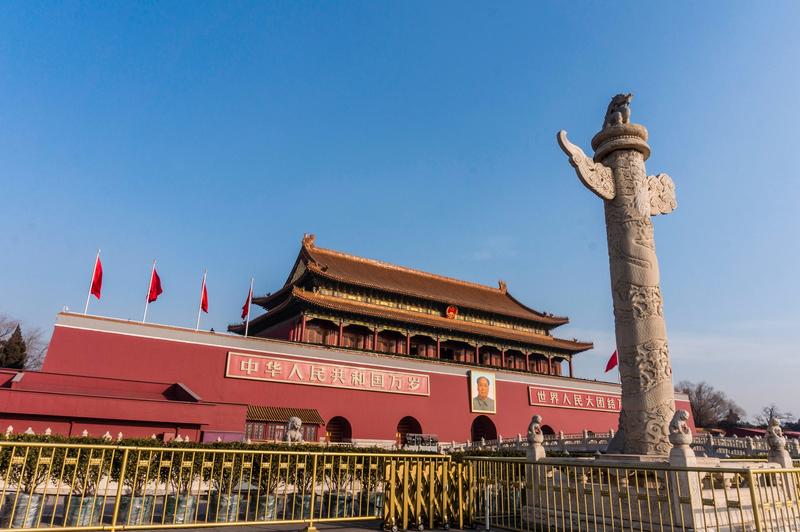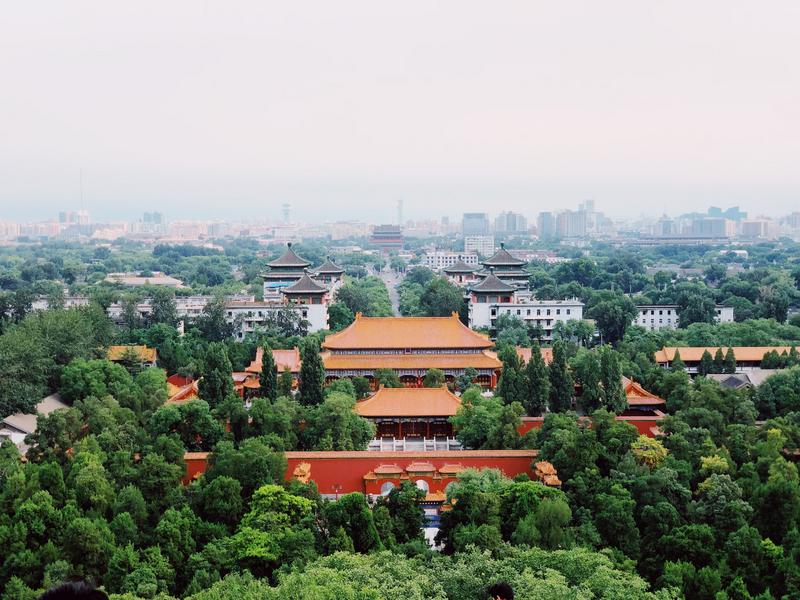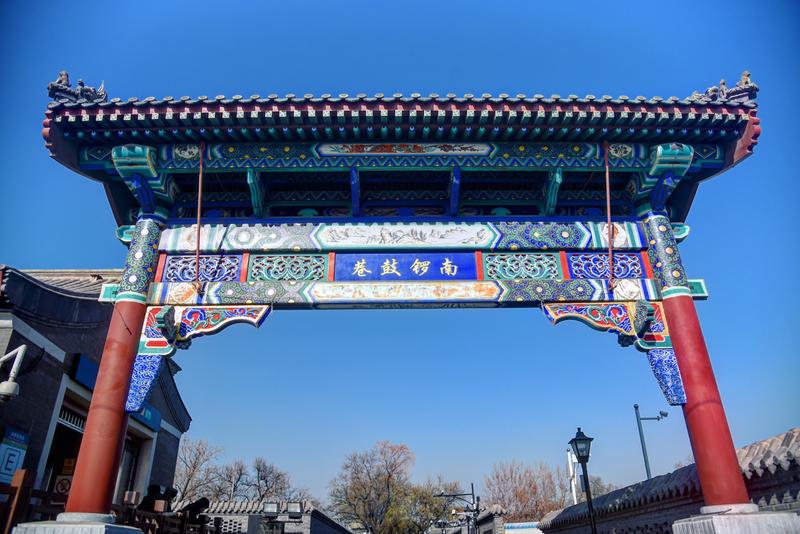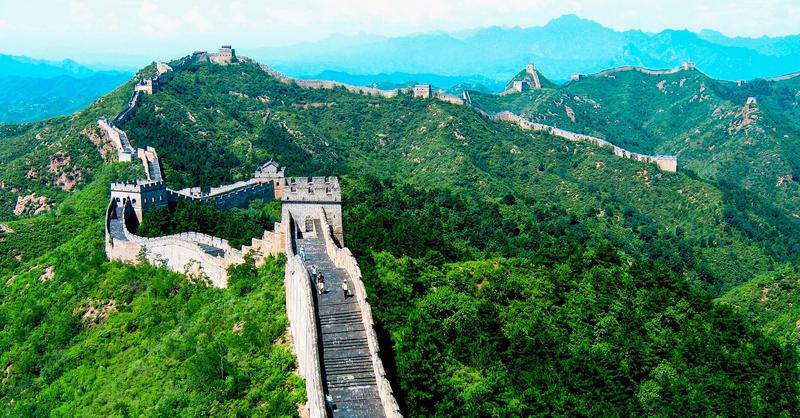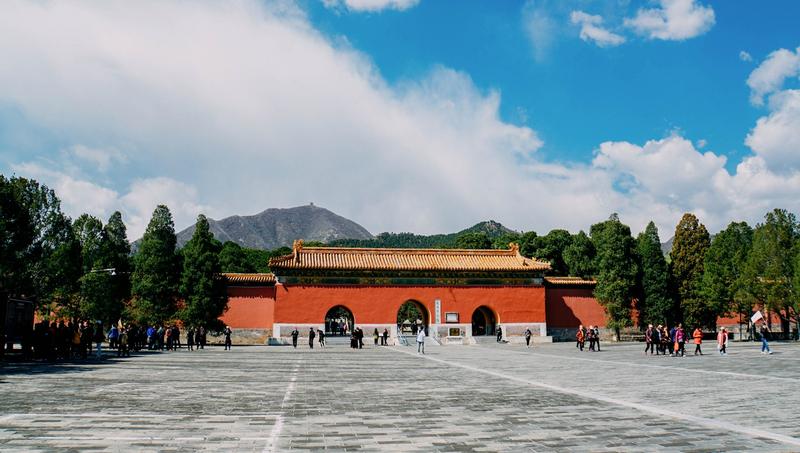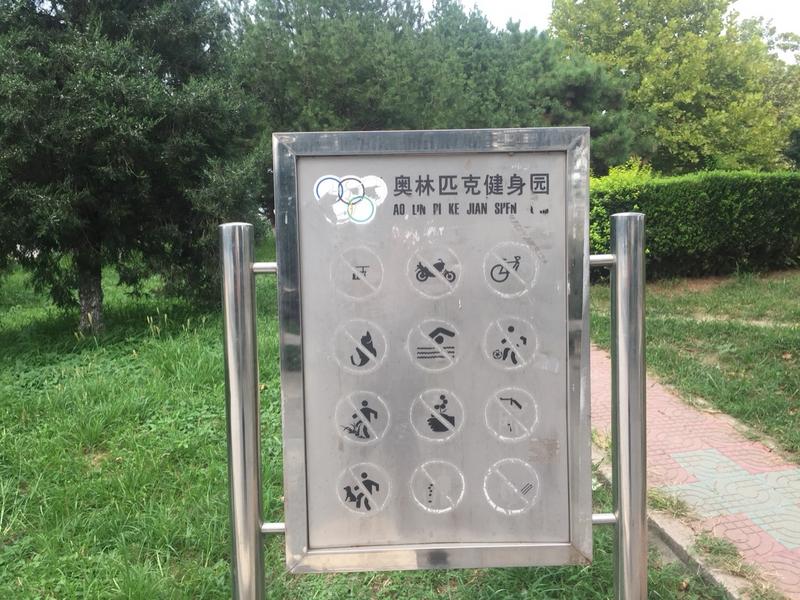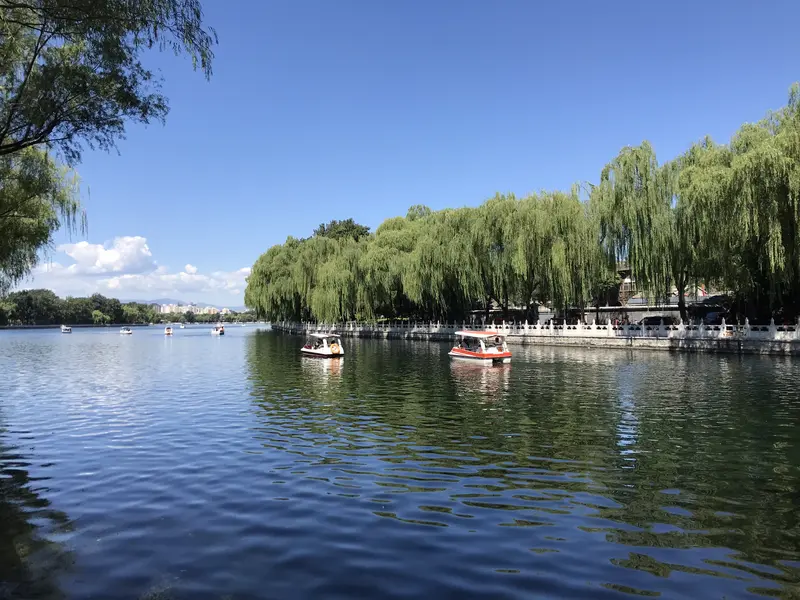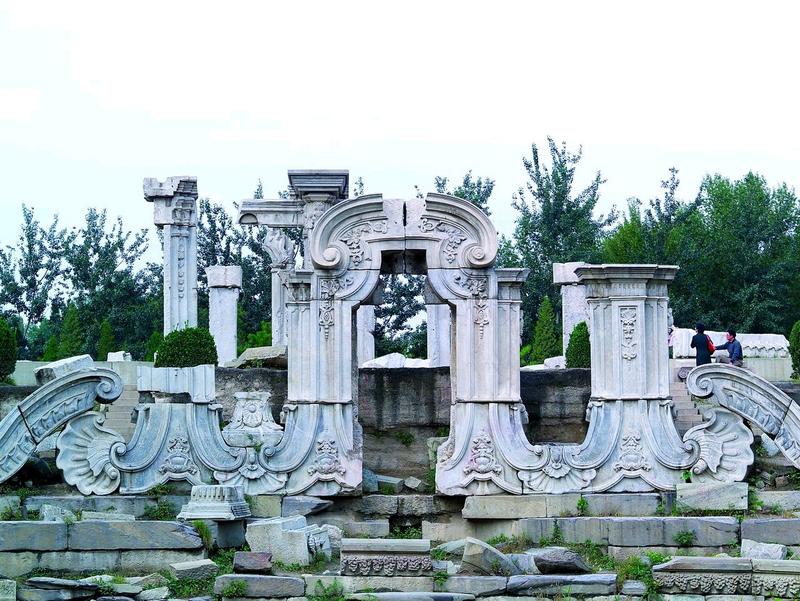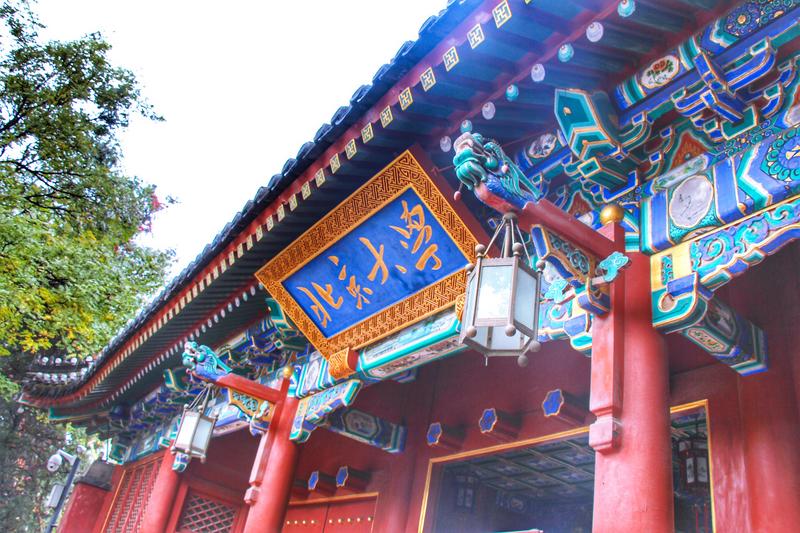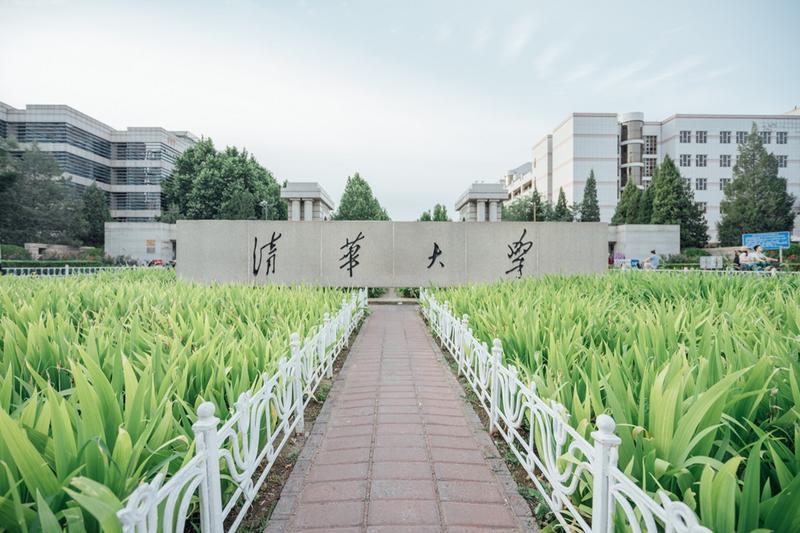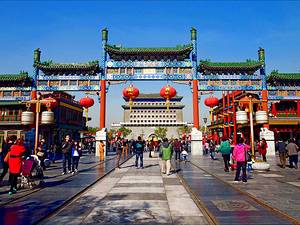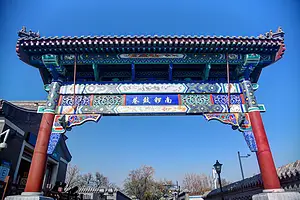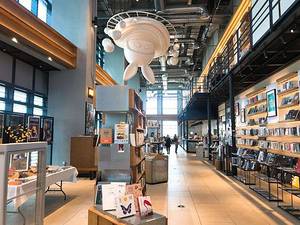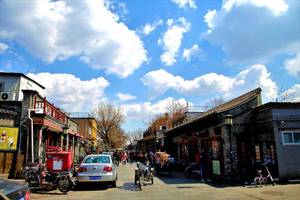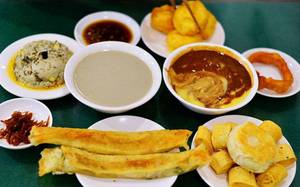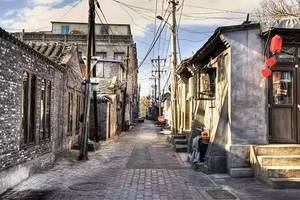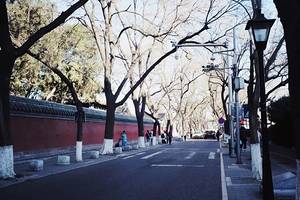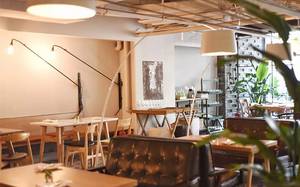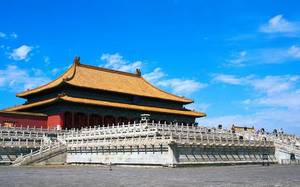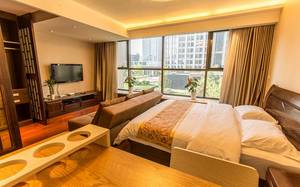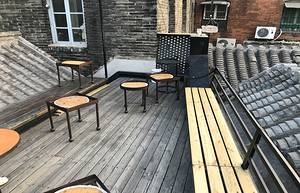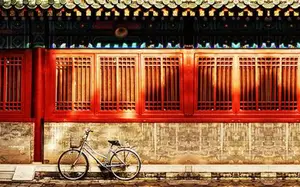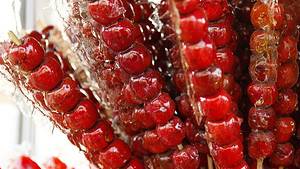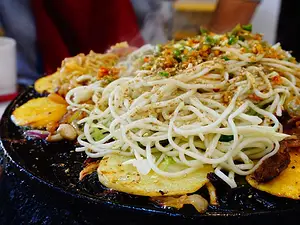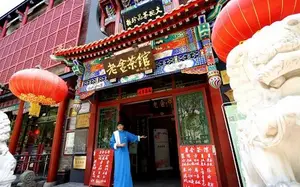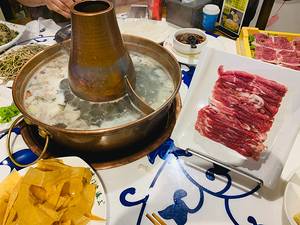Three Days in Beijing: History and Modern Charm
1 cities |
13 attraction(s) |
total distance 227
km
 TIPS
TIPS
Day1
Day2
Day3
Day1: Beijing
4 attraction(s) ·
4 km
1
Located on the south side of the traditional central axis of Beijing, Chang'an Avenue, the square is one of the largest in the world. In the center of the square stands the Monument to the People's Heroes, and to the west is the Great Hall of the People, while to the east is the National Museum of China. Across the square is the famous Tiananmen Gate Tower. Every morning and evening, a flag-raising ceremony is held, an activity that people must experience when they first arrive in Beijing. There are many people who visit the flag-raising ceremony in the morning, so it is necessary to plan or arrange travel time in advance.
2
km
2
The Forbidden City, also known as the Palace Museum, is the most complete and largest wooden structure ancient architectural complex in China and even in the world. It is hailed as the "top among the world's five palaces". The Forbidden City was ordered to be built by Emperor Yongle Zhu Di, and it is divided into two parts: the "Outer Court" and the "Inner Court" based on its layout and functions. The Outer Court, also known as the "Front Court", is located south of the Gate of Heavenly Purity and is the place where the feudal emperors exercise their power and hold grand ceremonies, with the Hall of Supreme Harmony (Jinluan Hall), the Hall of Central Harmony, and the Hall of Preserving Harmony as the center. The Inner Court, centered around the Hall of Heavenly Purity, the Hall of Union and Peace, and the Palace of Earthly Tranquility, as well as the Six Eastern Palaces and the Six Western Palaces on both sides, is the residence of the feudal emperors and their consorts, also known as the "Three Palaces and Six Courts". The Forbidden City houses a large number of precious cultural relics, with over one million items according to statistics, accounting for one-sixth of the total national cultural relics. The Clock and Watch Gallery has clock demonstrations at 11 am and 2 pm every day, which should not be missed.
1
km
3
Located at the center of the north-south axis in Beijing, Jingshan Park is adjacent to the south of the Forbidden City, and bordered by Beihai to the west. With the Drum Tower in the north, it is one of the highest points in the center of Beijing. The park boasts ancient trees, unique peaks, majestic palaces, diverse peony varieties, and rich cultural activities. The Wanchun Pavilion in the park is known as the commanding point of the central axis of Beijing, offering a superb view of the panoramic Forbidden City and the whole axis of the city. Jingshan Park is also home to another famous cultural landmark - the suicide site of Emperor Chongzhen.
2
km
4
Nanluoguxiang is located within the protected area of 25 old city districts, with a total length of 786 meters. It is one of the oldest neighborhoods in Beijing. As the only preserved complete Hutong courtyard structure in the Yuan Dynasty, it is the largest in scale, highest in level, and most resource-rich. Nowadays, Nanluoguxiang has transformed into a diverse area, with many very exquisite and fashionable shops and private restaurants, attracting Beijing residents and tourists to stay. If you want to quietly taste the old Beijing style, you can walk through the small alleys on both sides to see many celebrities' former residences and historic buildings that will make you feel the extraordinary cultural charm.
Day2: Beijing
4 attraction(s) ·
136 km
1
One of the "Nine Passes Under Heaven," it is one of the highlights of the Ming Great Wall landscape, with an altitude of about 1015 meters, and also serves as a frontier of the Juyongguan Pass. The Great Wall is divided into the South Great Wall and the North Great Wall, with 7 enemy towers in the South Great Wall and fewer tourists, while the North Great Wall has 12 enemy towers and is more difficult to climb. The Great Wall is a must-visit destination when visiting Beijing. More than 300 international celebrities, such as Nixon and Thatcher, have climbed the Great Wall. This attraction has become a 5A-level scenic spot and has been listed in the "World Cultural Heritage List" by UNESCO, second only to Tiananmen Square in popularity.
21
km
2
The total name of the 13 imperial tombs of the Ming Dynasty after it moved its capital to Beijing. They are also one of the largest existing imperial tomb complexes in the country, with the most imperial mausoleums for emperors and empresses.
54
km
3
Miyun Olympic Park, located near Gulou West Street in Miyun County, has the largest area. The park features a urban river called Baihe that flows through it, with various fitness equipment installed along the riverbanks. The park has a beautiful environment and fully equipped sports facilities. Especially at night, the colorful lights make the whole park look exceptionally beautiful.
62
km
4
-Because of the ten existing Buddhist temples around it, Shichahai is also known as "Ten Temple Sea". Here, you can experience the tranquil lake scenery, visit famous people's former residences and ancient royal buildings and other cultural heritage.
-The Old Beijing scenic area is a place that embraces the fusion of classical and modern, traditional and avant-garde, as well as natural landscape and cultural heritage.
-The Prince Gong's Mansion is one of the most famous attractions. It used to be the residence of Heshen, a corrupt official during the Qing Dynasty, and the mansion still preserves precious cultural relics such as a seal by Emperor Kangxi.
-Shichahai Bar Street is very lively, where many now famous celebrities have performed. Some of the more well-known bars include Hutong Xiyi and Jiading Fang.
-If you're interested, you can go to Yandai Xiejie to find the Great Qing Post Office, where you can even stamp a few exquisite postmarks as souvenirs.
Day3: Beijing
5 attraction(s) ·
19 km
1
The Summer Palace is located in the western suburbs of Beijing, China, and is one of the famous classical gardens. It consists of Wanshou Mountain and Kunming Lake, with the architecture complementing the mountains and lakes for a beautiful scenery. The park is divided into three areas: the political activity area, the emperor and empress living area, and the scenic area. Inside the long corridor of the Summer Palace, there is a dreamlike, small, purple "waterfall," with beautiful purple flowers blooming on the vines, like a dream, very attractive. The Summer Palace was listed on the World Heritage List on December 2, 1998.
3
km
2
A royal palace garden near the Summer Palace, consisting of three sections: the Garden of Perfect Brightness, Garden of Eternal Spring, and Garden of Blossoming Spring. For over 150 years, this palace garden was created and managed by the emperors of the Qing dynasty. Unfortunately, in 1860, the main buildings of the garden were burned to ashes by the British and French armies. Nowadays, visitors can only mourn in the ruins and search for the once glorious imperial shadows. The Garden of Blossoming Spring is a collection of various small water gardens, including many scenic spots and landscapes. The annual Lotus Festival of the Garden of Perfect Brightness is also held here. The Garden of Eternal Spring, on the other hand, is mainly centered around large water features, with the most famous landscape being the Grand Waterworks. In the spring, apricot blossoms bloom, as described in an imperial poem: "The spring is deep and the flowers are in full bloom, shining like rosy clouds." The flower season is from March to April, and various flower scenes can be seen throughout the garden, with major viewing points including the Flower God Temple, Mingchun Gate, and Apricot Blossom Spring Pavilion.
3
km
3
This university, originally named as the Imperial College, was the first national comprehensive university in modern Chinese history, highly recognized and one of the most prestigious higher education institutions in China. It was the birthplace of the "New Culture Movement" and the "May Fourth Movement" in China, and also the center for the dissemination of various political ideologies and social ideals in China. The campus environment is beautiful, with both the magnificent royal garden style and the charming scenery of the Jiangnan region. Located north of the Old Summer Palace and west of the Summer Palace, visitors can also appreciate the historical relics after touring the campus.
2
km
4
This renowned Chinese institution of higher learning was founded in 1911, within the beautiful scenery of Tsinghua Garden located on the northwestern outskirts of Beijing. Tsinghua Garden was once an imperial garden, with buildings that blend Chinese and Western styles, pavilions, towers, and lakes surrounded by trees, creating a beautiful environment. The main attractions in the garden include Jinchun Garden, Waterlily Tsinghua, Great Hall, Tsinghua Academy, and Second Gate, which can be visited clockwise after entering from the west gate. The lotus pond in Jinchun Garden is famous for being described in Zhu Ziqing's "Autumn Moon Over a Calm Lake."
13
km
5
Wangfujing Pedestrian Street is a historic commercial district located on the north side of Dong Chang'an Street in the city center. It has a history of over 700 years, dating back to the Yuan Dynasty. During the Qing Dynasty, there were eight royal residences and princess mansions here, as well as sweet water wells for the royal families, hence the name Wangfujing. Since the 29th year of the Guangxu reign, Dong'an Market has formed, and Wangfujing has gradually transformed into a commercial street, becoming one of the four major commercial districts in Beijing. Now, there are large shopping malls such as APM (New Dong'an Market), Oriental Plaza, and Lotte Department Store on both sides of the pedestrian street, offering a wide selection of international and domestic brands.
